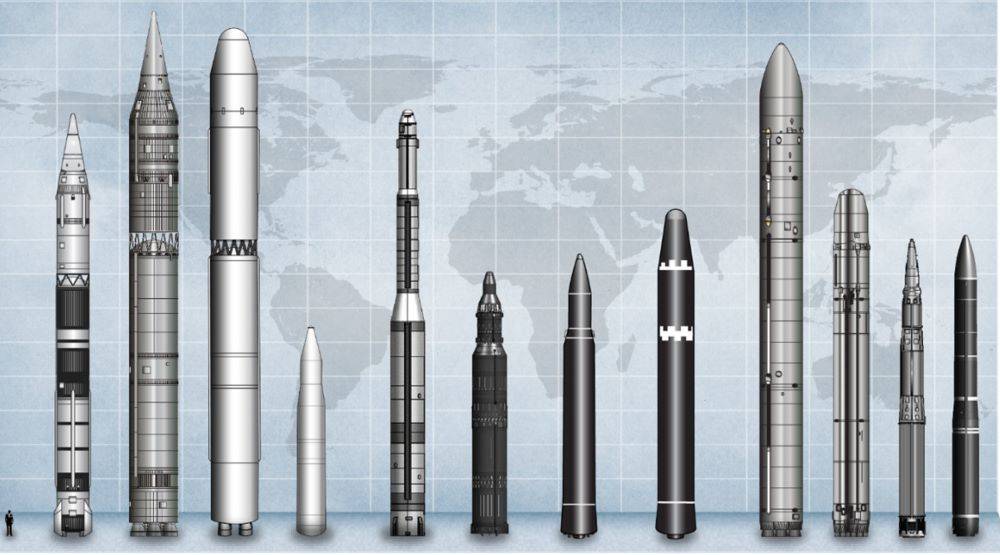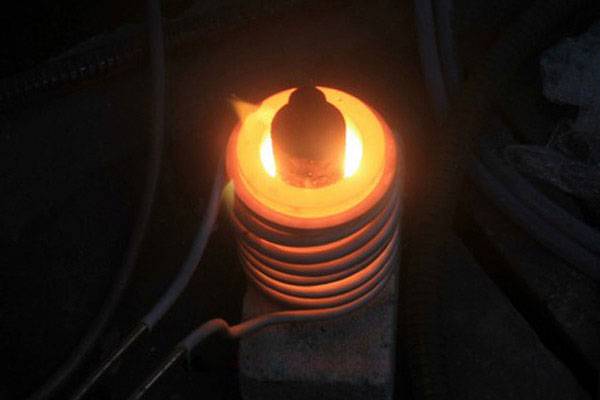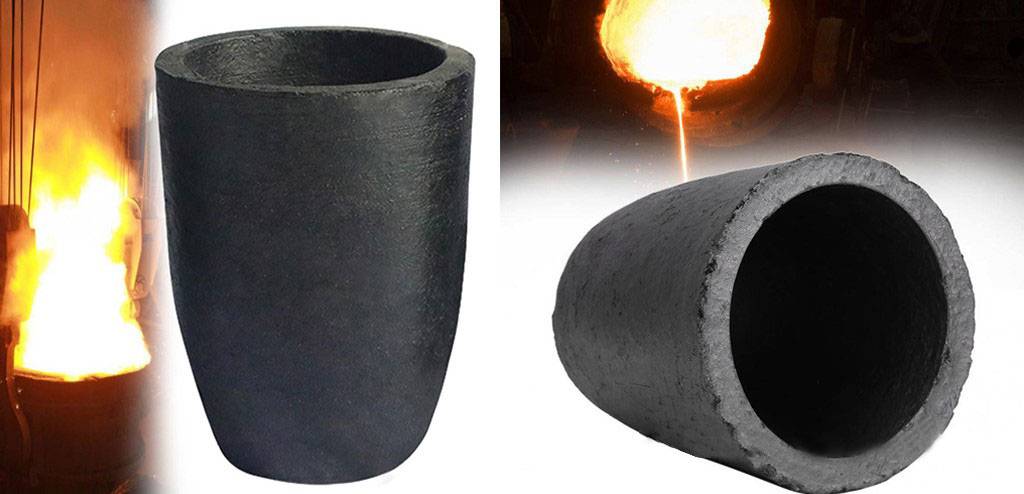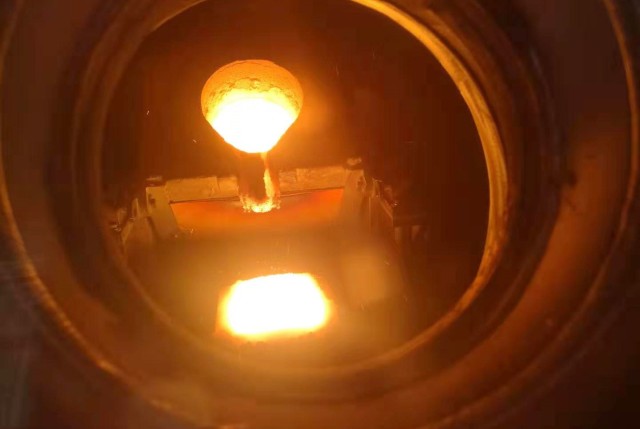Characteristics and Applications of Vacuum Induction Furnace
Historical Background and Early Applications
The inception of the vacuum induction furnace traces back to 1917 in Germany, marking a pivotal moment in metallurgical innovation. This pioneering technology was initially harnessed to address the complex challenges of melting metals for aircraft and rocket engines, which demanded materials of unparalleled purity and strength. The vacuum environment provided by these early furnaces allowed for the precise control of chemical reactions, essential for the production of high-performance alloys.
In the nascent stages of its development, the vacuum induction furnace was primarily utilized in the burgeoning aerospace industry. The need for lightweight yet robust materials capable of withstanding extreme conditions was acute, and the vacuum induction furnace emerged as a solution to these stringent requirements. By isolating the melting process from atmospheric contaminants, engineers could achieve the high-purity metals necessary for the reliable operation of aircraft and rocket engines.
The early applications of the vacuum induction furnace not only underscored its potential but also laid the groundwork for its future advancements. As the technology evolved, so too did its scope, eventually extending beyond aerospace to encompass a myriad of industries, each benefiting from the unique advantages offered by vacuum induction melting.
Widespread Use in Various Industries
The vacuum induction melting (VIM) furnace has become an indispensable tool across a multitude of high-tech industries, particularly in sectors where material purity and precision are paramount. Its applications span from aerospace and defense to nuclear energy and electronics, each benefiting from the unique capabilities of VIM furnaces.
In the aerospace industry, VIM furnaces are crucial for producing high-performance alloys and special steels that can withstand extreme conditions. These materials are used in the construction of aircraft engines, structural components, and spacecraft parts, where reliability and durability are non-negotiable. The ability to melt and refine metals in a controlled vacuum environment ensures that the final products meet stringent quality standards.
Similarly, in the defense sector, VIM furnaces play a key role in the production of missiles and rockets. The precision and purity of the metals produced are essential for ensuring the functionality and safety of these high-stakes systems. The vacuum environment prevents contamination from atmospheric gases, which could otherwise weaken the structural integrity of the components.

Nuclear energy applications also heavily rely on VIM furnaces for creating materials that can endure the harsh conditions within reactors. The production of reactor components, such as fuel cladding and structural materials, requires metals with exceptional purity and resistance to radiation damage. VIM furnaces provide the necessary control over the melting process to achieve these properties.
In the electronics industry, VIM furnaces are used to produce alloys and special steels that are integral to the manufacturing of semiconductors and other sensitive electronic components. The high level of purity and the ability to precisely control the chemical composition of the metals are critical for ensuring the performance and reliability of these components.
| Industry | Key Applications | Benefits of VIM Furnace Use |
|---|---|---|
| Aerospace | Aircraft engines, spacecraft parts | High reliability, durability, and purity |
| Defense | Missiles, rockets | Precision, safety, and structural integrity |
| Nuclear Energy | Reactor components | Purity, resistance to radiation damage |
| Electronics | Semiconductors, electronic components | High purity, precise chemical control |
The widespread adoption of VIM furnaces across these industries underscores their importance in advancing technology and ensuring the safety and efficiency of critical systems.
Advantages of Vacuum Induction Melting
Vacuum Induction Melting (VIM) offers several distinct advantages that make it a preferred method in various high-precision metalworking industries. One of the most significant benefits is the elimination of gases. Under the extremely low pressures, typically around 0.000001 atmosphere, undesirable gases and potentially harmful volatile elements are effectively removed from the raw materials as they melt. This process ensures that the final product is free from contaminants that could otherwise degrade its quality and performance.
Moreover, VIM provides exceptional control over chemical composition. The absence of an atmosphere allows for precise and reproducible control of reactive elements within the molten metal. This level of control is crucial for creating alloys with specific properties, ensuring consistency in production and meeting stringent industry standards.
Another key advantage is the superior process control that VIM offers. Independent control of pressure, temperature, and inductive stirring creates a highly adaptable environment. This adaptability allows for the development of melt practices that are specifically tailored to the alloy composition and the desired end properties. The ability to fine-tune these parameters ensures that each batch of metal meets the exact specifications required for its intended application.
In summary, the advantages of Vacuum Induction Melting, including gas elimination, precise chemical control, and superior process adaptability, make it an indispensable technology in industries where material purity and consistency are paramount.
Vacuum Induction Melting Process
Melting, Refining, and Alloying in Vacuum
The process of melting, refining, and alloying metals in a vacuum environment offers numerous metallurgical advantages. Operating under vacuum conditions, typically ranging from 10^-1 to 10^-4 mbar, ensures an oxygen-free atmosphere. This environment significantly limits the formation of non-metallic oxide inclusions and prevents the oxidation of reactive elements, thereby maintaining the purity of the metal.
In vacuum melting, the absence of a protective slag cover reduces the risk of accidental slag contamination or inclusions in the ingot. This method also facilitates the precise adjustment of alloy composition and melt temperature, achieving very close compositional tolerances and low gas contents. Furthermore, vacuum conditions favor the removal of undesired trace elements with high vapor pressures and dissolved gases such as oxygen, hydrogen, and nitrogen.
One of the key benefits of vacuum melting is the ability to decarburize metals without substantial losses of reactive alloying elements. This is particularly advantageous for high-alloyed steels and superalloys, where very low carbon contents are essential to prevent the formation of carbides and improve weldability. The pressure dependence of the CO-reaction under reduced partial pressure of carbon monoxide ensures that this decarburization process is efficient and effective.
Vacuum-based melting systems are also utilized to remove trace elements through evaporation. The absence of a gaseous phase above the melt allows vapors to escape without interaction, enhancing the purity of the final product. This meticulous control over the melting process ensures that the resulting metals and alloys are of the highest quality, suitable for demanding applications in aerospace, nuclear energy, and electronics industries.

Role in High-Temperature Alloy Production
Vacuum melting methods play a pivotal role in the production of high-temperature alloys, significantly enhancing their performance characteristics. By operating in a controlled vacuum environment, these methods not only increase the maximum operating temperature of the alloys but also ensure their structural integrity and longevity under extreme conditions.
For instance, in the aerospace and defense sectors, deformed high-temperature alloys are crucial for manufacturing components like turbine blades, engine parts, and structural elements that must withstand high temperatures and pressures. The vacuum melting process meticulously controls the oxygen, carbon, nitrogen, and impurity content within the metal, thereby bolstering its high-temperature strength and corrosion resistance. This precision is vital for the reliability and efficiency of engines in aircraft, gas turbines, and rocket propulsion systems.
Similarly, cast high-temperature alloys, used in the production of intricate parts such as turbine blades and disks, benefit immensely from vacuum melting. This technique ensures the metal's fluidity and solidification parameters are optimized, minimizing defects like pores and shrinkage cavities. Consequently, the castings exhibit superior accuracy and quality, meeting the stringent demands of high-performance applications.
In summary, vacuum melting methods are indispensable in the production of high-temperature alloys, providing the necessary enhancements in temperature tolerance, structural strength, and overall material quality.
Equipment Structure of Vacuum Induction Melting Furnace
Main Components
The vacuum induction melting furnace is a sophisticated piece of equipment comprising several critical components, each playing a vital role in the melting process. The furnace shell serves as the protective outer casing, ensuring the integrity of the vacuum environment. Inside, the inductor generates the magnetic field necessary for induction heating, directly affecting the efficiency and control of the melting process. The crucible holds the material to be melted, often made from materials that can withstand high temperatures and chemical reactions.
To facilitate the pouring of molten metal, the furnace includes a tilting mechanism, which allows precise control over the angle of the crucible. Additionally, an ingot mold mechanism is integrated to shape the molten metal into ingots as it cools. Power is supplied via a dedicated power supply device, ensuring a stable and consistent energy source. Finally, a water-cooling system is essential for managing the thermal loads and preventing overheating of the furnace components.

Each of these components is meticulously designed and integrated to ensure the smooth operation of the vacuum induction melting process, contributing to its efficiency and reliability in various industrial applications.
Design Considerations
When designing a vacuum induction melting furnace, several critical considerations must be addressed to ensure optimal performance and safety. One of the foremost issues is the prevention of vacuum discharge, which can lead to catastrophic failures. This requires meticulous sealing and the use of high-quality materials that can withstand the rigors of vacuum conditions.
Additionally, insulating all electrically charged bodies is paramount. This involves the use of specialized insulation materials that can maintain their integrity under high-voltage conditions while also being resistant to thermal degradation. Proper insulation not only ensures the safety of the operation but also enhances the efficiency of the electrical components.
Another crucial design aspect is the inductor. The inductor must be free from sharp corners or burrs, which can lead to localized heating and potential breakdowns. Smooth, rounded edges distribute heat more evenly and reduce the risk of mechanical failure. This attention to detail in the inductor's design is essential for maintaining the furnace's longevity and performance.
| Design Consideration | Importance |
|---|---|
| Avoiding Vacuum Discharge | Prevents catastrophic failures and ensures operational safety. |
| Insulating Electric Bodies | Enhances safety and efficiency by maintaining insulation integrity. |
| Smooth Inductor Design | Reduces risk of mechanical failure and ensures even heat distribution. |
These design considerations are not just technical details but are fundamental to the successful operation of a vacuum induction melting furnace.
Related Products
- Lab-Scale Vacuum Induction Melting Furnace
- Vacuum Heat Treat Furnace and Levitation Induction Melting Furnace
- Vacuum Arc Induction Melting Furnace
- Vacuum Induction Melting Spinning System Arc Melting Furnace
- 600T Vacuum Induction Hot Press Furnace for Heat Treat and Sintering
Related Articles
- How Vacuum Induction Melting Outperforms Traditional Methods in Advanced Alloy Production
- Melting process and maintenance of vacuum induction melting furnace
- How Vacuum Induction Melting Prevents Catastrophic Material Failures in Critical Components
- Application of Hot Isostatic Pressing Technology in Nickel-Based Casting High-Temperature Alloys
- How Vacuum Induction Melting (VIM) Transforms High-Performance Alloy Production


















